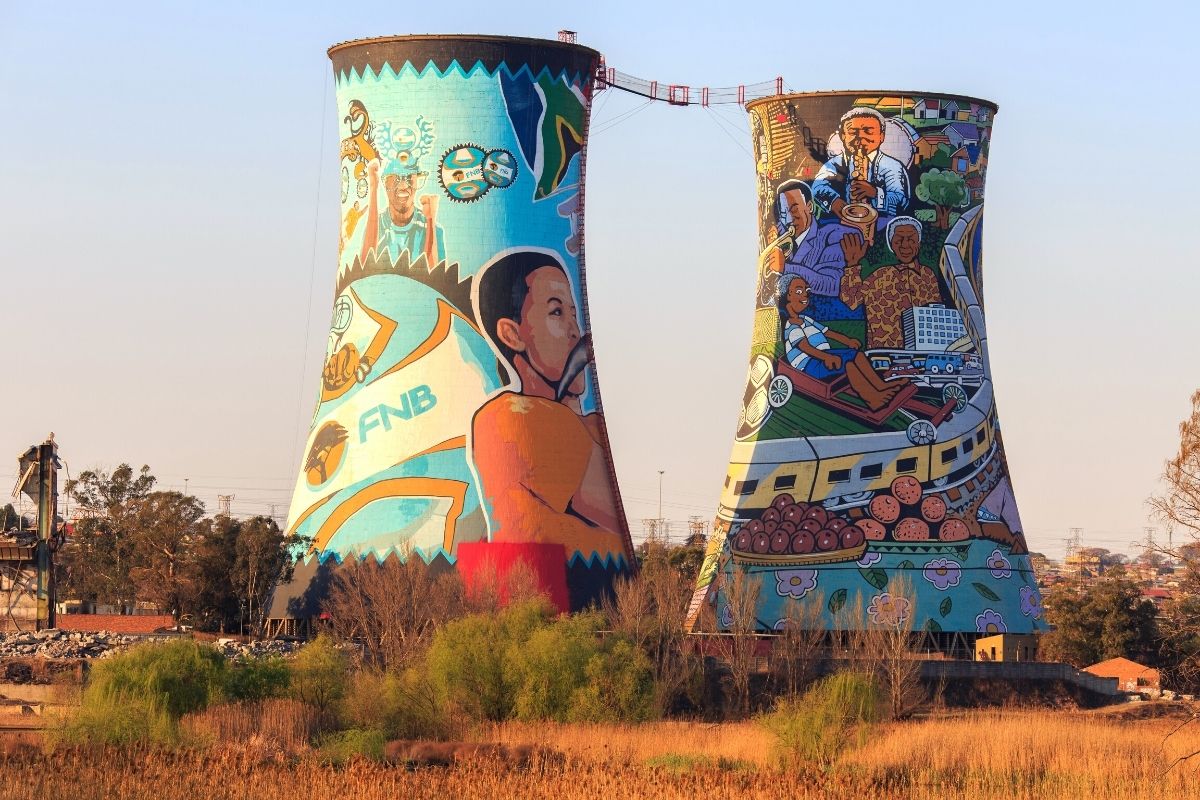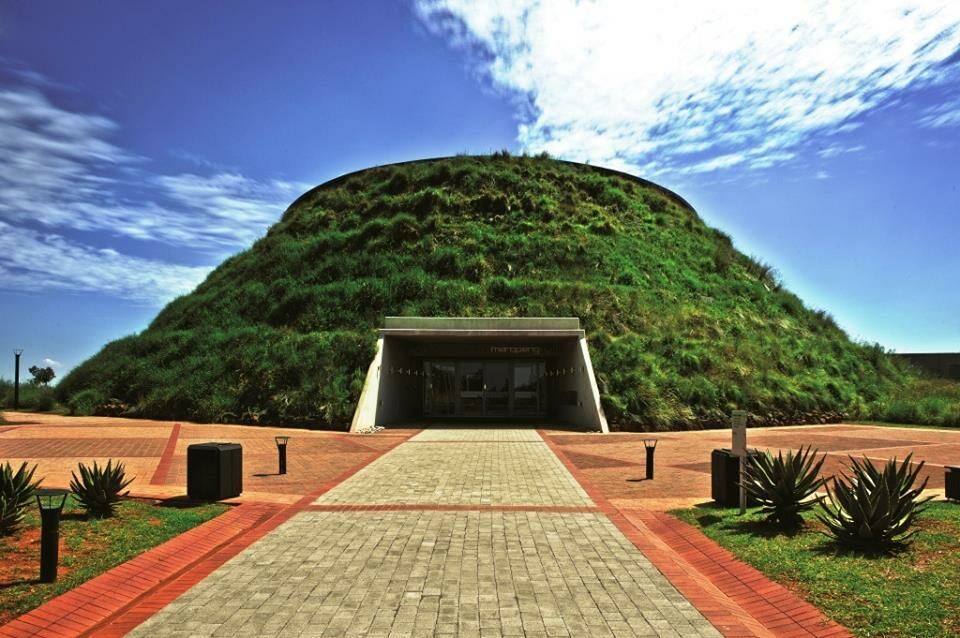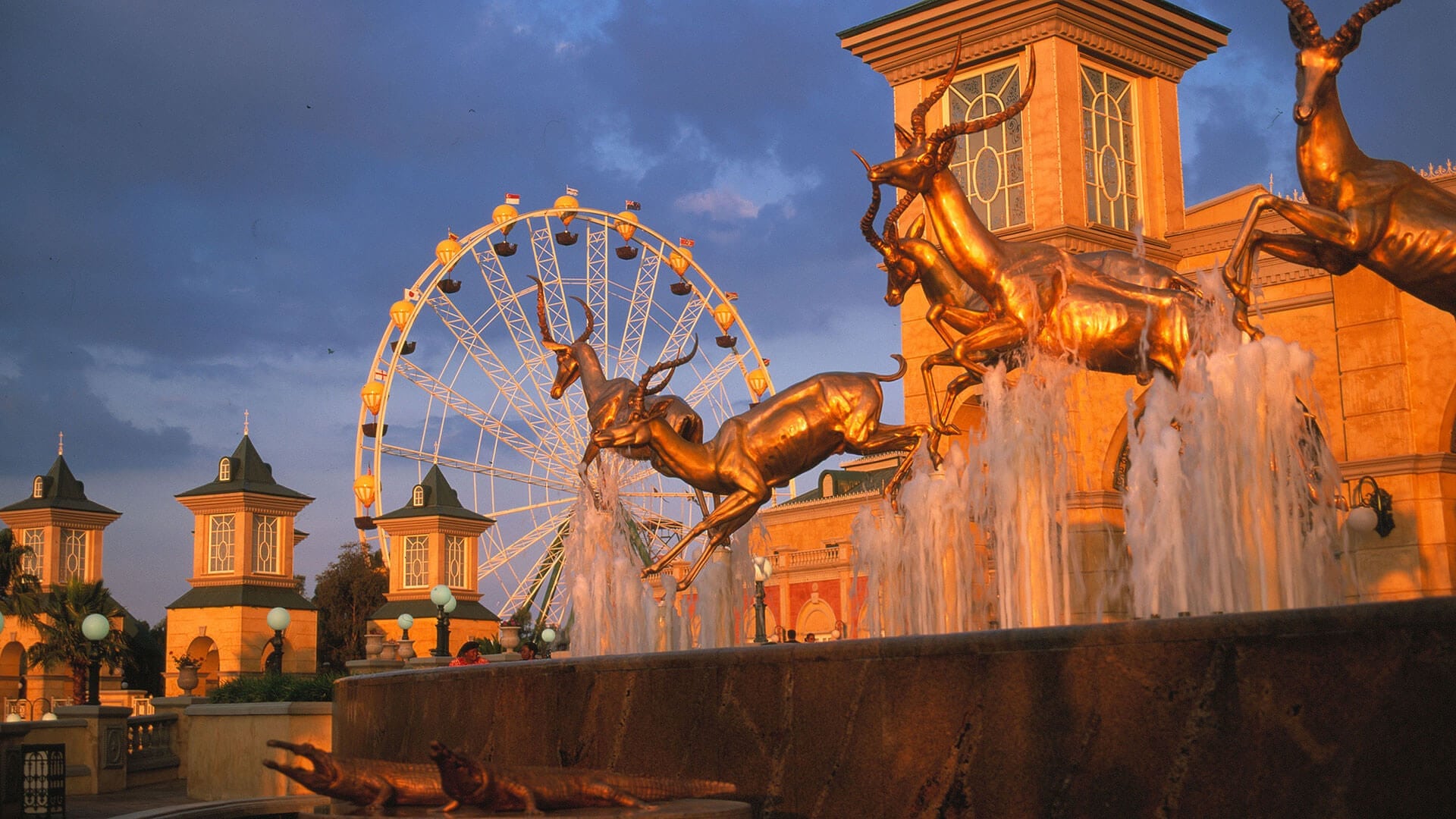The Ultimate Guide To Johannesburg North Attractions
The Ultimate Guide To Johannesburg North Attractions
Blog Article
What Does Johannesburg North Attractions Do?
Table of ContentsJohannesburg North Attractions Things To Know Before You Get This6 Simple Techniques For Johannesburg North Attractions8 Simple Techniques For Johannesburg North AttractionsOur Johannesburg North Attractions PDFsHow Johannesburg North Attractions can Save You Time, Stress, and Money.Some Known Questions About Johannesburg North Attractions.Some Known Details About Johannesburg North Attractions
You need to keep safety and security in mind and visitors have to continue to be sharp at all times when in unknown surroundings. Talk with the locals when you are in town to learn about the location you are remaining in. Johannesburg North attractions. When on the road (this does not use to shopping malls and other safe atmospheres) finest basic advice is to attempt your ideal to appear like a regional and to stay clear of displaying any kind of form of wide range
Johannesburg North Attractions - Truths
Teacher Revil Mason O. J. (Thomson, 1946) explored the Witwatersrand's pre-colonial background. His archaeological work exploded the 'em pty land' myth, according to which the area was lacking human habitation before the arrival of European settlers. In his publications Prehistory of the Transvaal: A Record of Human Activity (1962) and Beginnings of Black Individuals of Johannesburg and the Southern Western Central Transvaal AD 3501880 (1986 ), Teacher Mason demonstrated the level of social and economic growth in the location prior to Europeans set foot here.

Some Ideas on Johannesburg North Attractions You Need To Know
In 1878, David Wardrop located gold in quartz veins at Zwartkop, north of Krugersdorp. In 1881, Stephanus Minnaar came across gold on the ranch Kromdraai, near the Cradle of Mankind.
In March 1886, an outcropping (soon to be called the Key Reef) was found, fairly fortunately, on Gerhardus Oosthuizen's farm Langlaagte. Some say that the Lancastrian coal miner George Pedestrian found this reef. An additional travelling English prospector, George Harrison (that had formerly operated in Australian mines) obtained a prospecting permit in regard of Langlaagte in May 1886.
He determined to relocate on in a quest for greener fields, and disposed of his Langlaagte insurance claim for the handsome sum of 10. Alas: under lay the richest goldfield ever before discovered. The discovery of this abundant auriferous reef prompted a gold rush that signified the end of agrarian tranquillity in the southerly Transvaal.
It would, within 6 years, become the biggest town in southerly Africa. Within a decade, it would certainly make the Z. A. R. until after that an anarchical and insolvent little state the most affluent nation in Africa. By the turn of the century, the Z. A. R. was to surpass Russia, Australia and the United States of America to come to be the world's leading gold manufacturer, generating even more than a top article quarter of the globe's gold.
What Does Johannesburg North Attractions Do?
It was referred to as Ferreira's Camp, named after Colonel Ignatius Ferreira. He was a Boer adventurer upon whom the British authorities had presented the standing of Companion of one of the most Differentiated Order of St Michael and St George (qualifying him to the post-nominal letters C. M. G.) in gratitude for his role in the war that had deposed the Pedi king Sekhukhune in 1879.
Soon the camp was bursting with outdoors tents and wagons as newcomers arrived daily from everywhere. By September 1886, some 400 people lived in Ferreira's Camp, which soon boasted built iron and hardwood structures. 2 various other camps were developed: Meyer's Camp on the ranch Doornfontein, and Paarl Camp. The latter was nicknamed Afrikander Camp; several individuals from the Cape Swarm cleared up there.

The Facts About Johannesburg North Attractions Uncovered
This name obtained currency linked here by word of mouth, such that the State Secretary attested the name to the Mining Commissioner on 9 October 1886. Stands in the town were auctioned on 8 December 1886. While some stands were sold for 10, others were knocked down for as low as sixpence.
2 years later on, these erven were to transform hands for as much as 750 each. The tented camps dwindled as a dorp of corrugated iron buildings established and increased north of the mines situated along the Key Coral Reef Roadway. Areas such as Jeppe's Town (where working-class immigrants erected their homes) and Doornfontein (where the upscale brand-new 'Randlords' started to build their luxurious houses) were quickly included in the ever-expanding map of the community.
Facts About Johannesburg North Attractions Revealed
In addition to the road names, there were no indications of Johannesburg being situated in a Dutch-speaking country. Several years later on, C. W. Kearns O. J. (among the initial children enlisted at St John's College in 1898) would remember: 'A weird truth regarding Johannesburg was that, although it was in the [Boer Republic], virtually every person spoke English and even the Federal government servants dealt with one in English, unless they were first resolved in the Taal (or Low Dutch)'.
Because of this, Britain had a passion in making sure optimal problems for gold production on the Witwatersrand, which the gold was exported to London rather than Berlin an essential provided all the a lot more clamant by the Z. A. R - Johannesburg North attractions.'s increasing toenadering with Germany. Mine owners were Check Out Your URL on a clash with Head of state Kruger, whose plan of monopolistic concessions (commonly granted to his cronies) stopped mining firms from procuring materials of products (especially dynamite) and labour by themselves, cheaper terms
Top Guidelines Of Johannesburg North Attractions
In 1890, the Volksraad had restricted the franchise to white men who had actually stayed in the Z. A. R. for fourteen years or longer, hence invalidating a lot of the immigrants (that occurred to be the significant factors to the fiscus). Frustration for the ballot was a simple pretext for promoting a different schedule; the majority of uitlanders concerned themselves as momentary visitors and had no objective of remaining in the Z.
Report this page